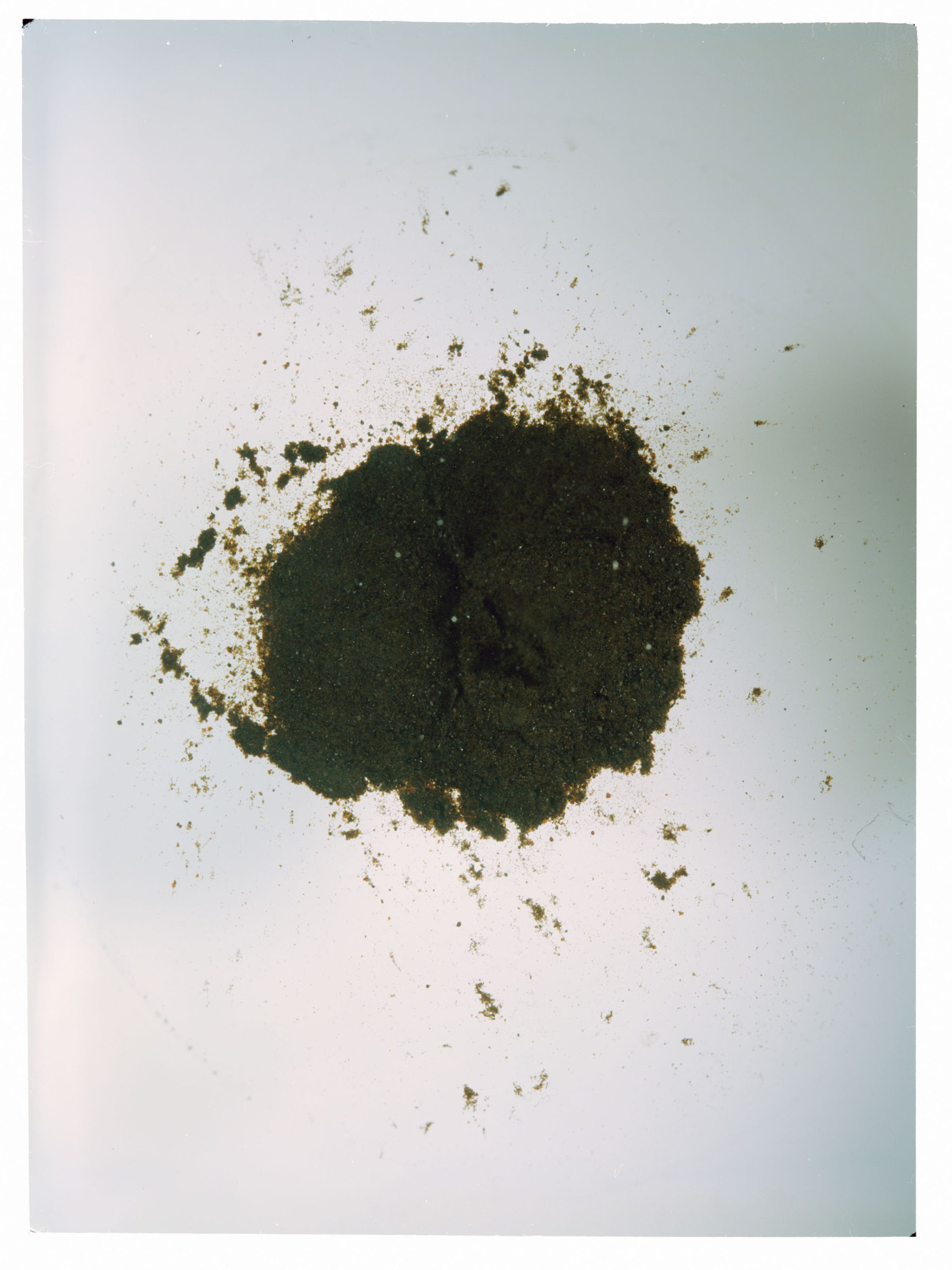Lunar Disk 14: Orange Soil
A mixture of reddish balls and black balls, and fragments from them, produced the orange color described by the Apollo 17 astronauts when they shoveled this unusual soil into a sample bag. The soil originated 3.5 billion years ago from sprays of lava expelled by escaping gas from a volcano to form liquid droplets. While in flight the droplets cooled to the glass balls or spheres that make up the sample, which should really be called a volcanic ash rather than a soil. If the lava had contained less gas, it would have flowed gently out of the volcano instead of being sprayed out. Then it would have cooled and crystallized slowly to produce another mare basalt like the one in this disk.
Since the Moon’s gravity is too weak to retain an atmosphere of the gases released on its surface, the nature of the gas that sprayed the lavas into space is one of many questions still unanswered about this planet. The gas could not have been like our atmosphere, since oxygen and water vapor would have rusted the bright iron metal present in lunar soils.
The Apollo 17 astronauts discovered this sample, which is numbered 74220, in December, 1972, at the southeast side of the dark, circular Mare Serenitatis.


